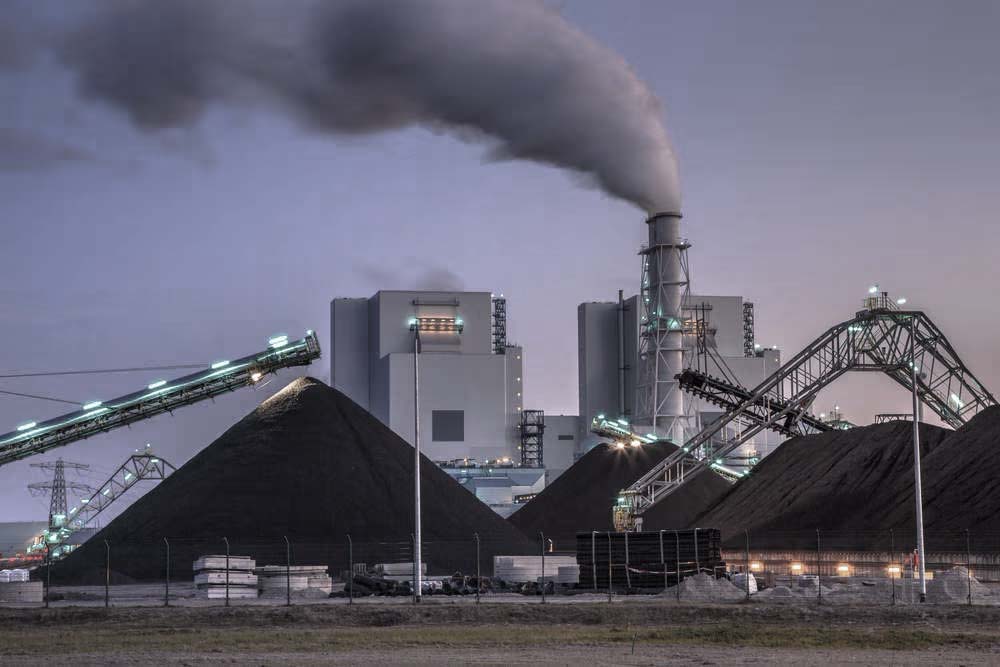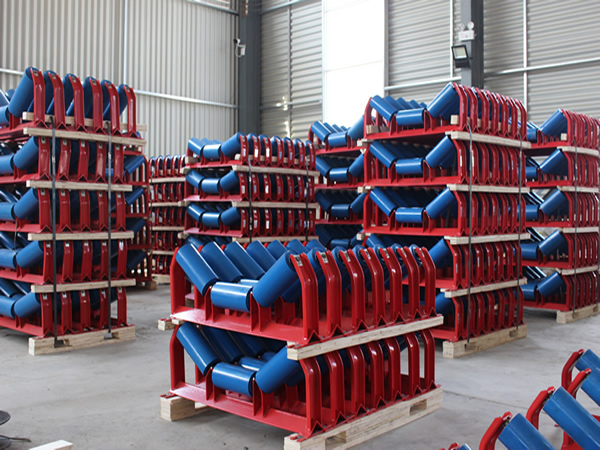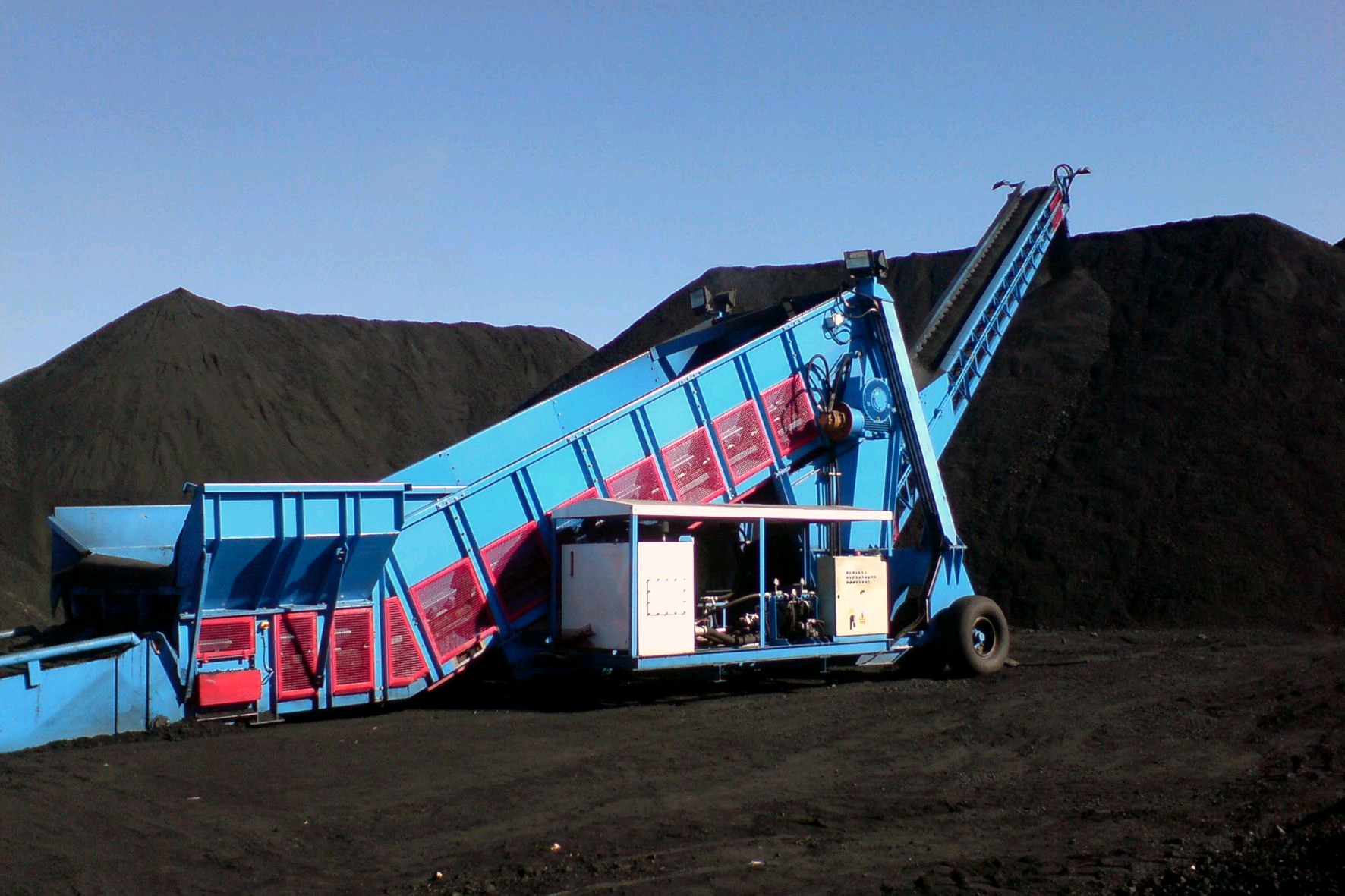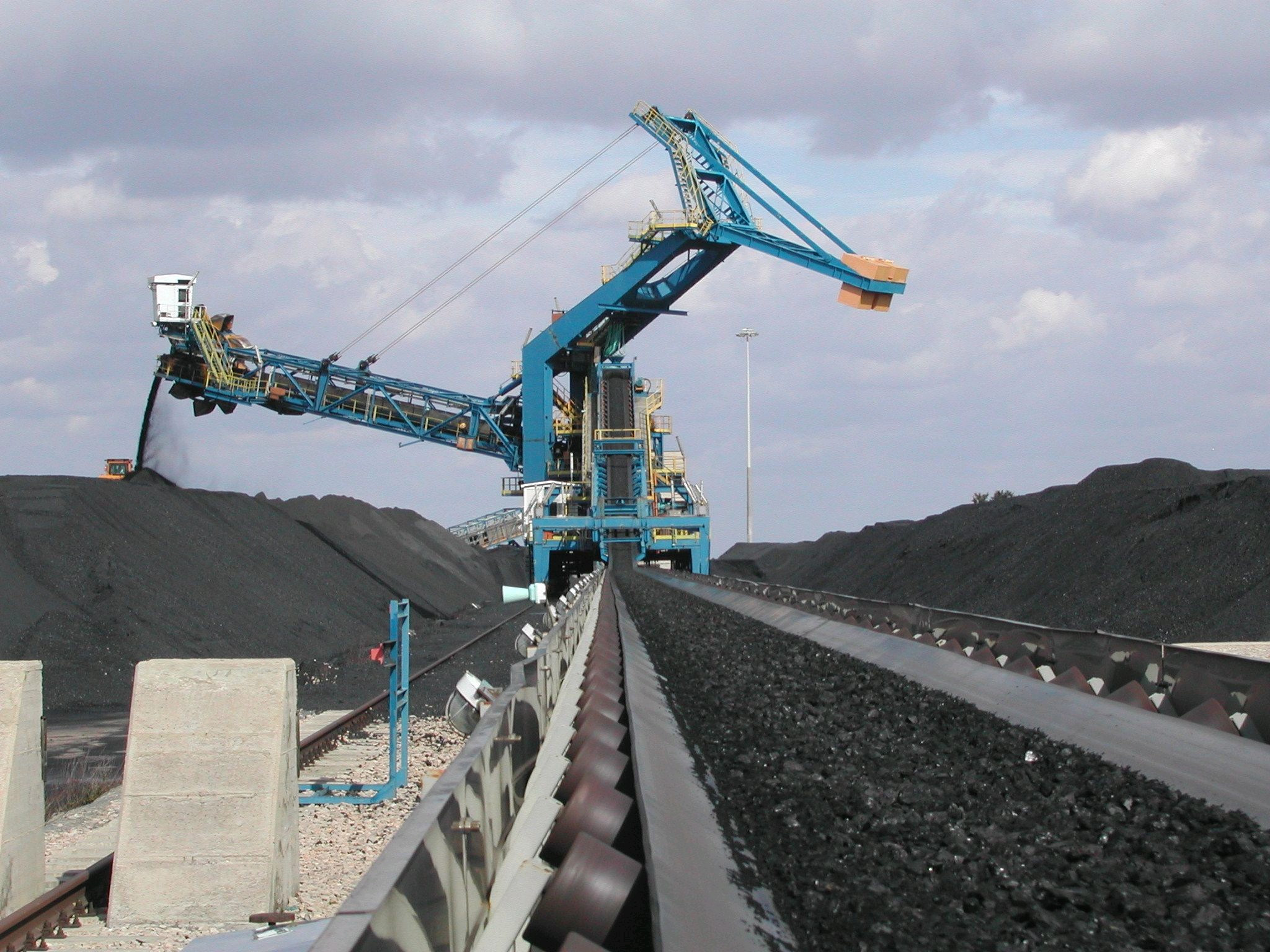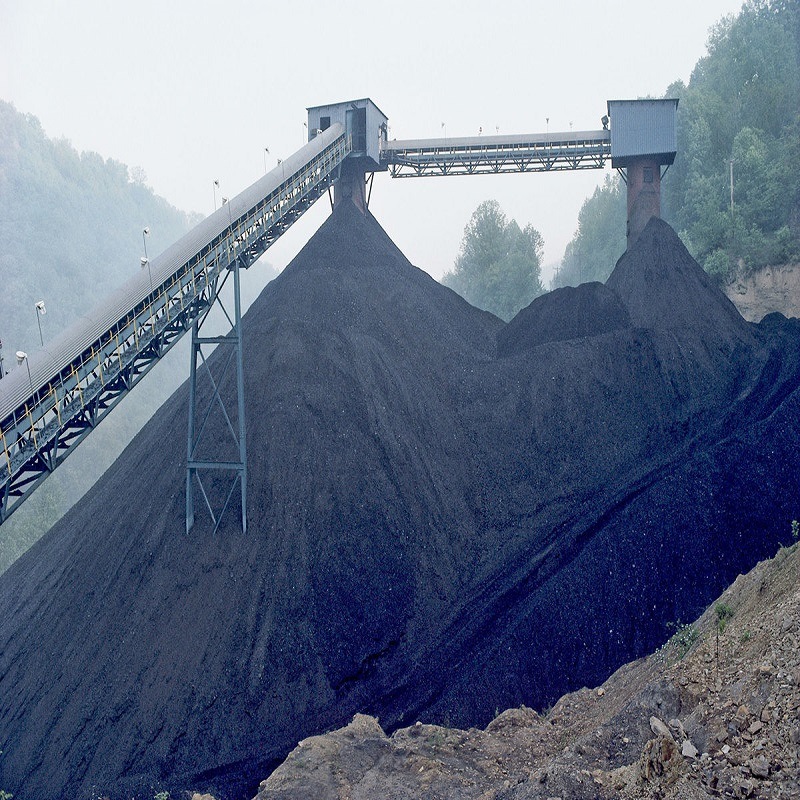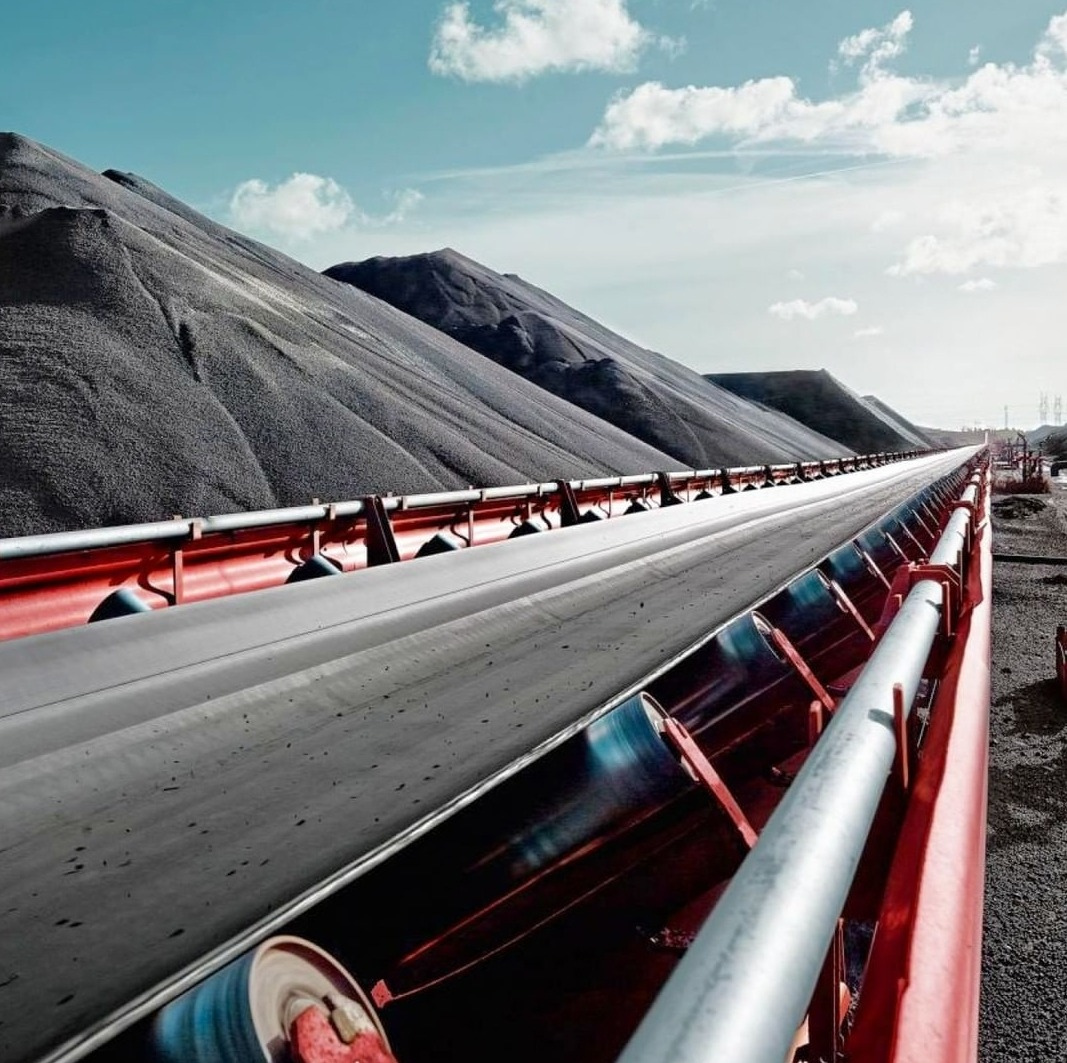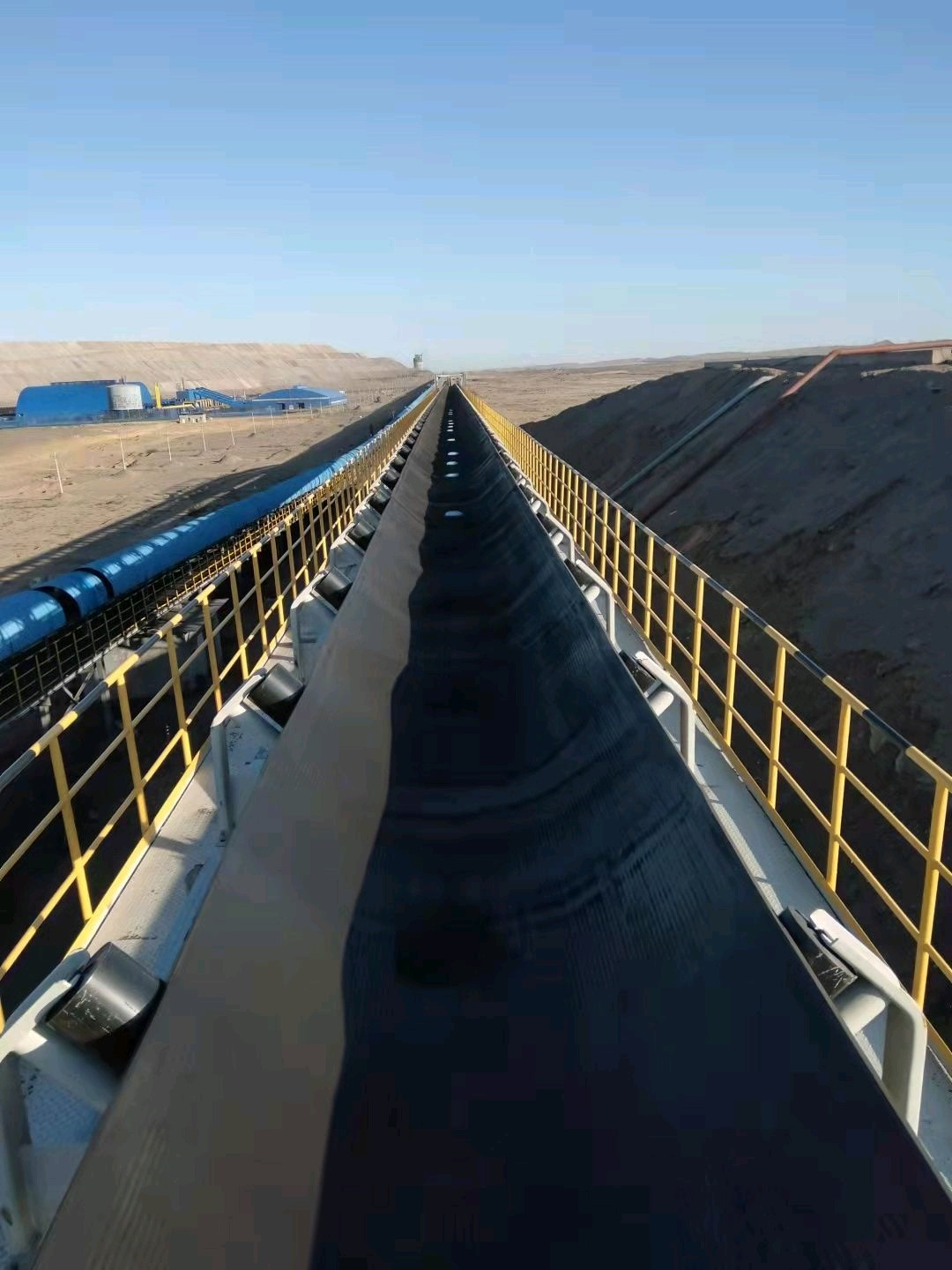Learning
Modules
Learning Projects
in Progress
Module: Introduction to Coal Handling
Module: Conveyor System Working
Coal handling refers to the entire process of receiving, transporting, preparing, storing, and feeding coal to the boilers in a thermal power plant or to other industrial facilities where coal is used as fuel. It ensures that coal of suitable quality and quantity is made available at the right place, at the right time, and in a safe and economical manner.
Purpose of Coal Handling
To ensure uninterrupted supply of coal to boilers.
To maintain the desired coal quality (size, moisture, calorific value).
To minimize coal losses due to spillage, dust, and environmental effects.
To improve operational efficiency and plant reliability.
Stages of Coal Handling Process
Coal handling can be broadly divided into the following stages:
(i) Coal Receipt
Mechanical systems such as belt conveyors and chutes transfer coal from unloading points to storage areas.
Coal wagons are unloaded using wagon tipplers or track hoppers.
(ii) Coal Unloading & Transfer
Coal is received from mines through railways, roadways, conveyor belts, or ship transport.
During this stage, magnetic separators remove tramp metals.
(iii) Coal Preparation (Crushing & Screening)
Coal lumps are crushed into smaller sizes suitable for boiler combustion (typically 20–25 mm).
Oversized particles are reduced, while fines are removed if necessary.
Screens classify coal into uniform sizes for efficient burning.
(iii) Coal Storage
Coal is stored in stockyards, bunkers, or silos to ensure continuous supply even when external transport is delayed.
Storage systems must prevent spontaneous combustion and moisture absorption.
(v) Coal Feeding to Boiler
From storage, coal is fed into the boiler furnace using feeders and conveyors.
Controlled feeding ensures a steady combustion rate and stable steam generation.
Safety & Environmental Considerations
Dust extraction and suppression systems (water sprays, bag filters).
Fire detection and suppression in storage yards.
Proper PPE for workers.
Eco-friendly handling to minimize air and water pollution.
Challenges in Coal Handling
Dust generation → health & environmental hazards.
Fire and explosion risk from coal dust.
Spillage and loss during transport.
Corrosion and wear of equipment due to coal abrasiveness.
Coal Handling Equipment
Coal handling can be broadly divided into the following stages:
Crushers – reduce coal size.
Conveyors – transport coal between systems.
Stackers & Reclaimers – manage stockpiles.
Feeders & Hoppers – regulate flow of coal.
Magnetic Separators – remove metallic impurities.
Dust Suppression Systems – control coal dust pollution.
Importance in Thermal Power Plants
Key Benefits of an Efficient Coal Handling System:
Cost Contribution – 20–30% of total plant cost.
Boiler Efficiency – Consistent coal improves efficiency.
Plant Reliability– Automation ensures uptime.
Fuel Economy– Reduces wastage and unburnt coal.
Safety– Prevents fire, dust, and explosion risks.
Environmental Compliance– Meets pollution standards.
Case Study Vault
About Coal Handling System
Latest news
Contact us now
Just say Hello via online chat!
